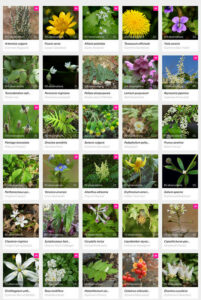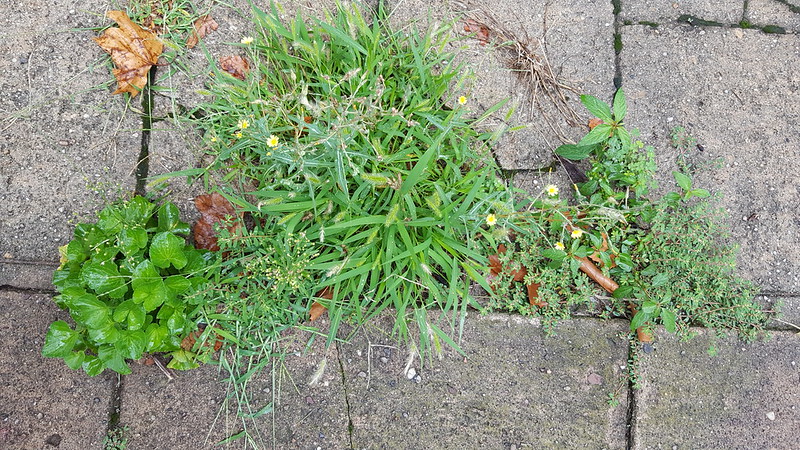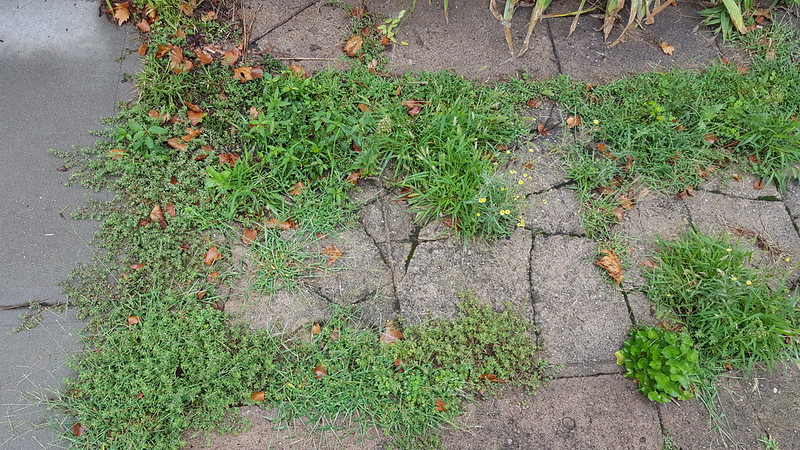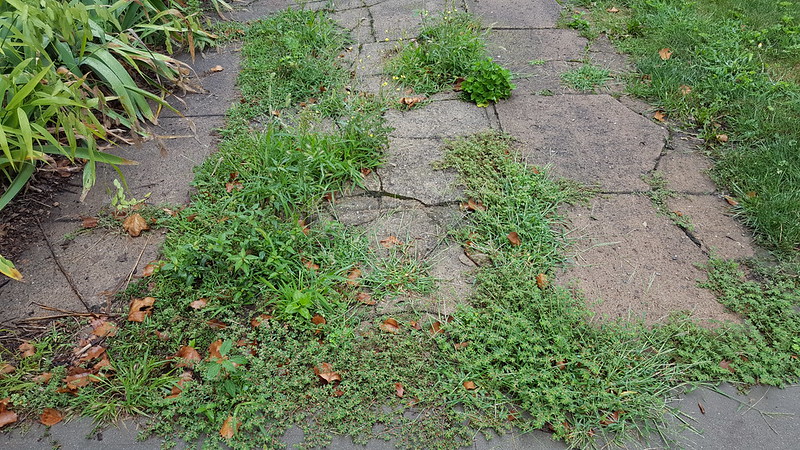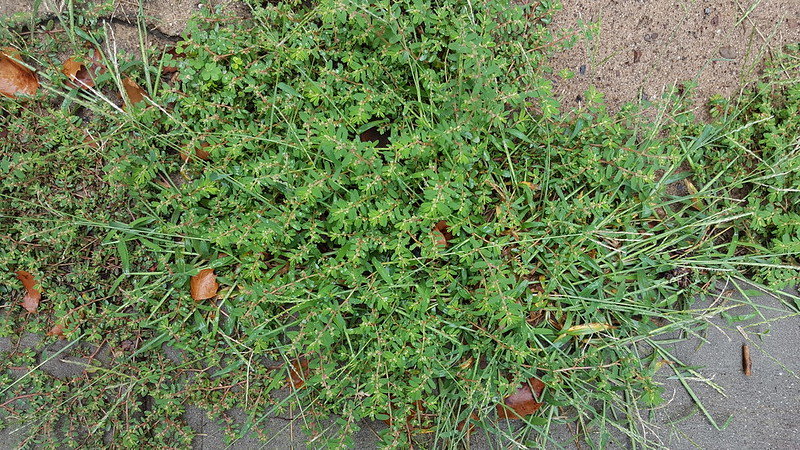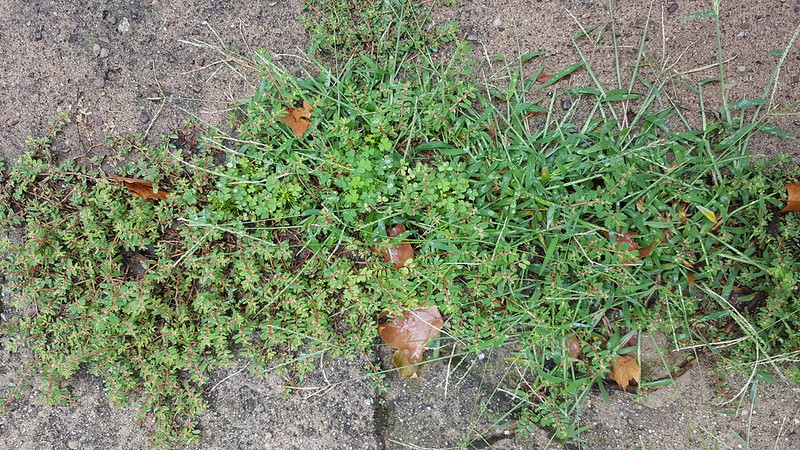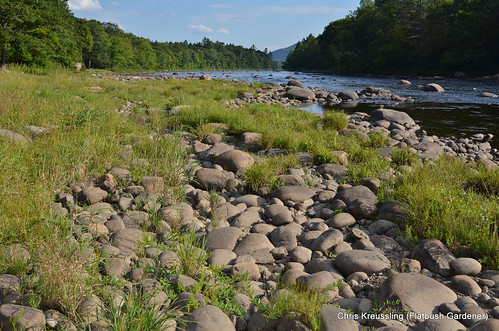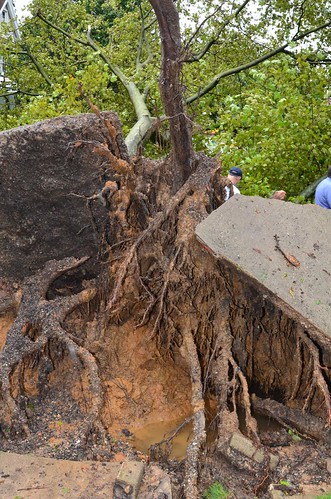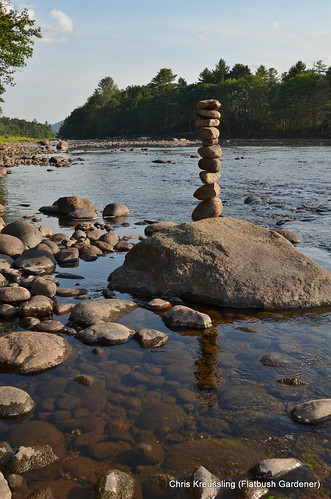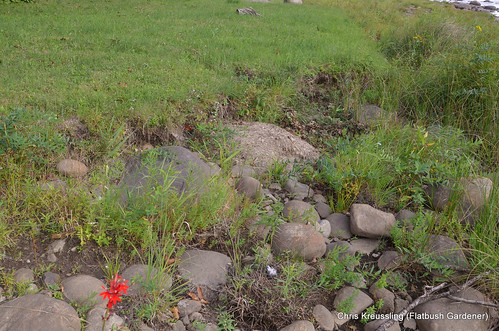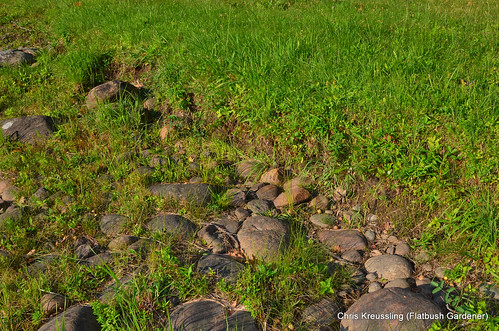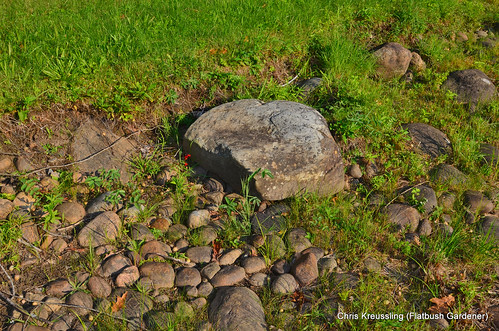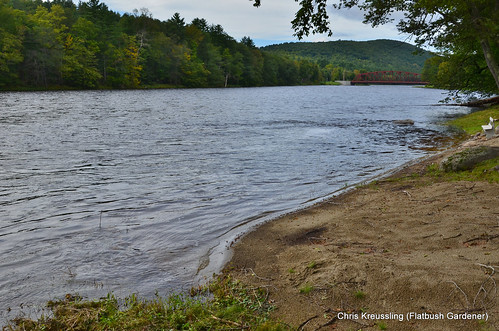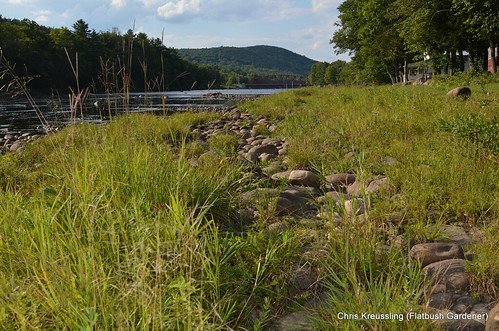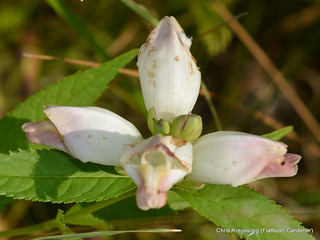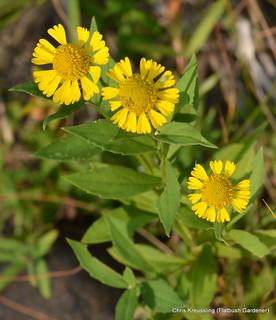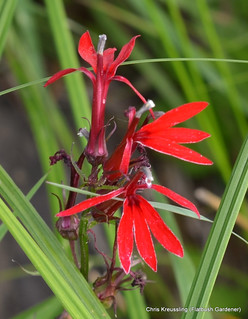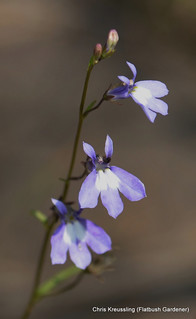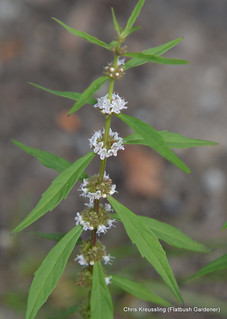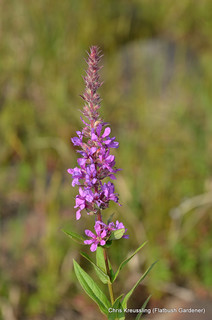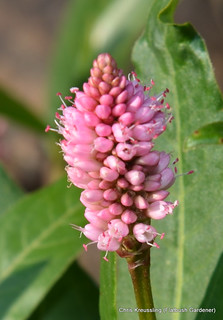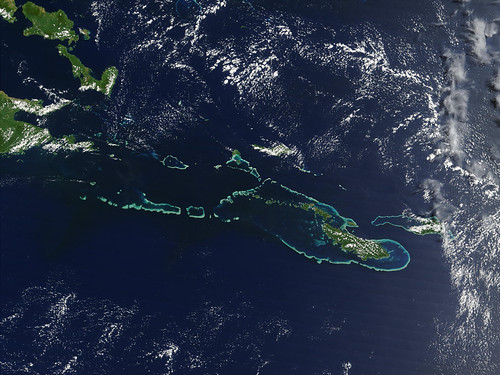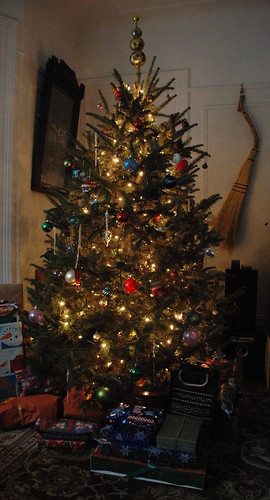Updates:
2013-08-29: Added more links. I will continue to do so as this story begins to get more exposure.
2013-08-24: Expanded analysis. Added more external links to relevant sections of BBG’s Web site.
2013-08-23 18:00: Added response from BBG.
Contents
I was alarmed to read the following on Twitter yesterday [2013-08-21]:
Brooklyn Botanic Garden suspends science program and lays off botany staff. Express concerns to president Scot Medbury scotmedbury@bbg.org.
– New York Flora Association, 2013-08-22, ~06:00 EDT
My Letter
For over a century, since its founding, science has been a foundation of the Brooklyn Botanic Garden. It is a primary reason why I have supported them. This morning [2013-08-23] I wrote the following email to Scot Medbury, President, Brooklyn Botanic Garden (BBG), and the Director of Major Gifts at BBG’s Development Department:
Subject: The end of BBG’s Scientific Mission?
I’m writing to express my concern at what I’m hearing about the elimination of all remaining science staff at BBG.
I would like a statement of what was done, and why, and what BBG’s future plans are for its scientific mission.
BBG’s scientific mission has been a foundation for over a century. It is a primary reason why I have supported BBG. Not just financially, but through social media: my blog, Twitter, Flickr, and Facebook. I even helped organize a meetup of Brooklyn Bloggers at BBG a few years ago.
This latest – and apparently final – blow to science at BBG makes me question my support.
You can respond by email or phone. My cell number is XXXX.
Thanks in advance for your attention to this.
BBG’s response
Not long after, I received the following response from Kathryn Glass, VP of Marketing at BBG:
Thank you for your interest in and concern for BBG.
I’m sad to have to confirm that, because of financial difficulties coupled with a serious infrastructure issue in the foundation of the Garden’s off-site science building, BBG announced Wednesday that it was suspending its field-based botanical research program and putting the related programs and projects on hiatus. During this suspension interim, there’s going to be very limited access to the 300,000 specimen herbarium.
This decision was not taken lightly, and puts major challenges to not only temporarily relocate the herbarium and re-building the building, but also to plan for bringing back the research program with a strong plan for sustaining it. So not a lot of clarity here but the picture will emerge over the next months and years.
Again, thank you for your support of the garden.
The announcement mentioned was strictly internal, and sent by email. Later this afternoon, I saw the article in the Crown Heights and Prospect Heights edition of DNAInfo, which leaked the email:
“Despite the successes achieved in the Garden’s most recent fiscal year ending June 30th, BBG faced significant challenges in planning the FY14 budget because of increased insurance and employee-benefits expenses, among others,” Garden President Scot Medbury told staff in an email obtained by DNAinfo.
“The Garden faced a shortfall that could not be fully addressed by increasing revenue targets or reducing non-personnel costs.”
– Brooklyn Botanic Garden Cuts Science Staff Weeks After Native Garden Debut, DNAInfo, Crown Heights and Prospect Heights edition, 2013-08-23, 10:15 EDT
Analysis
For the past several years, under the guise of its “Campaign for the Next Century,” the Brooklyn Botanic Garden has been in a development frenzy – the Edibles/Kitchen Garden, The Visitor Center, the Native Flora Garden Expansion, the planned overhaul of the Children’s Corner at Flatbush and Parkside. Ample naming and branding opportunities to go around. At the same time, it has been gradually eroding its scientific and educational missions.
BBG claims these benefits for its “Campaign”:
… these enhancements will help the Garden … [foster] a love and understanding of plants and the natural world and inspiring the next generation of environmental stewards.
– “Vision,” Campaign for the Next Century, Brooklyn Botanic Garden [Emphasis added]
What relevant understanding of “plants and the natural world” is possible without science? What inspiration can the next generation find when science is valued less than a plot of Lilacs?
I can only begin to identify other costs and impacts of BBG’s “suspension” of science:
- The New York Metropolitan Flora Project has provided information to other organizations working to document, and mitigate, the impacts of invasive plants in our region.
- Field work has supported the work of other programs and organizations, such as the Greenbelt Native Plant Center, and the Long Island Native Plant Initiative, to document, collect, and preserve the natural botanical heritage of the region.
- Just one year ago, BBG hosted a two week Herbarium Course, co-sponsored with the Royal Botanic Gardens, Kew, for students to “learn how to properly curate and conserve a scientific collection of preserved plants.”
- Earlier last year, Hobart and William Smith College donated its entire herbarium collection to BBG.
By turning its back on its scientific mission, BBG has betrayed the trust of these and scores of other institutions and individuals that have collaborated with them. BBG has lost the right to call itself a “botanic” garden.
For a vision of what has been lost, read this article of a visit in 2005, just before Scot Medbury was installed as President of BBG, and began destroying it all.
Spring has Sprung, Ivan Oransky, TheScientist, 2005-04-25
Related Content
The Plight of NYC’s Native Flora, 2010-04-08
The Brooklyn Blogade at the Brooklyn Botanic Garden, 2008-10-12
Web Resource: New York Metropolitan Flora Project (NYMF), 2008-06-02
All my Brooklyn Botanic Garden blog posts
Links
Reports:
Botanic Garden’s celebrated plant research center wilts under layoffs, NY Daily News, 2013-08-28
Brooklyn Botanic Garden Cuts Science Staff Weeks After Native Garden Debut, DNAInfo, Crown
Heights and Prospect Heights edition, 2013-08-23
Reactions:
Softball Practice: Part 1: When an Organization Undermines Its Own Mission, 2013-08-24; Part 2: Follow up to “When an Organization Undermines . . .”, 2013-08-29
BBG Purge, Backyard and Beyond, 2013-08-23
Brooklyn Botanic Garden suspends science program, Kent Holsinger, 2013-08-23
Background:
Brooklyn Botanic Garden Names New President, Press Release, published on BGCI Web site, 2005-08-15
Brooklyn Botanic Garden
Brooklyn Botanic Garden Announces Interim Herbarium Plans, 2013-09-12
BBG Announces Plan to Reenvision Research Program, 2013-09-06
Brooklyn Botanic Garden Announces Suspension of Research Program, 2013-08-28
Note: BBG PULLED this press release when they decided they were “re-envisioning,” not “suspending.”
Campaign for the Next Century
Herbarium
Herbarium Course at BBG, 2012-08-10
Herbarium Receives Historic Collection, 2012-05-31
New York Metropolitan Flora Project (NYMF)
BBG’s 2013-09-06 Press Release:
In late August, Brooklyn Botanic Garden announced plans to put its research program on hiatus while it grapples with an engineering problem in its science building and formulates a plan for a new research direction in plant conservation.
Garden president Scot Medbury said, “Our commitment to scientific research as a fundamental part of the Garden’s mission is unwavering. We will use this transition period to refine the focus of our research program and strengthen its base of financial support.”
During the hiatus, the Garden is taking proactive steps to protect its valuable herbarium from a failing building foundation and will limit herbarium access to qualified researchers while planning to relocate the collection.
“BBG has successfully reimagined its research programs several times in its hundred-year history, and this is another such juncture,” said Medbury.
BBG’s 2013-09-12 Press Release:
Brooklyn Botanic Garden (BBG) today announced a new collaboration offered by The New York Botanical Garden (NYBG) during a period of planning and construction affecting access to the Brooklyn Botanic Garden Herbarium.
In late August, engineering problems affecting the foundation at Brooklyn Botanic Garden’s off-site science center led to a phased closure of that building and consequent access restrictions to its herbarium, the collection of 330,000 pressed, dried plant specimens housed there. While planning gets under way to relocate the BBG Herbarium (BKL), BBG will remain focused on the care of its herbarium collections, maintaining one part-time and two full-time staff members, including its director of collections, Tony Morosco, an eight-year veteran of the University of California’s Jepson Herbarium during a similar period of transition.
As part of the new collaboration, science staff from NYBG’s William and Lynda Steere Herbarium will provide additional monitoring and support for the BKL during BBG’s planning phases. BBG’s important subcollection of herbarium type specimens will be temporarily moved to NYBG to facilitate researcher access. NYBG will also help process the return of loans made to other institutions from the BKL and assist with future loan requests. In addition, plans are in progress to transfer the BKL database to NYBG, where it will become a subunit of NYBG’s C.V. Starr Virtual Herbarium.
“Brooklyn Botanic Garden’s commitment to ensuring that scientific research remains a fundamental part of its mission is unwavering,” said Scot Medbury, president of BBG. “We are deeply grateful to The New York Botanical Garden for their generous technical support while we undergo a major transition.”

